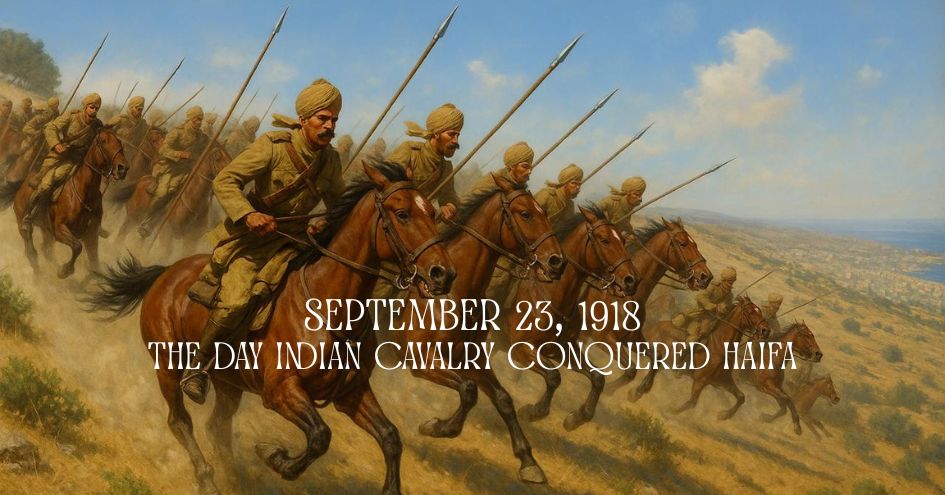
23 September is celebrated as Haifa Day. Let’s know the history of the Event
The Daring Charge of the Mysore Lancers at Haifa
The year was 1918, and the Great War had consumed the world. The thunder of cannons and the chatter of machine guns had begun to drown out the age-old rhythm of cavalry hooves. Yet, from the heart of princely India, a regiment still carried the proud flame of horse-mounted valour—the Mysore Lancers, loyal to their Maharaja, Nalvadi Krishnaraja Wodeyar, and forged in discipline and honour.
With their Arabian horses, unmatched in stamina and spirit, and under the leadership of B. Chamraja Urs, the Mysore men had already carved their name in defending the Suez Canal. But destiny had reserved their immortal moment for a battlefield far from Mysore—on the shores of the Mediterranean, in the shadow of Mount Carmel: the Battle of Haifa.
Haifa — The Fortress on the Sea
Haifa was no ordinary city. Guarded by the river Kishon on one flank, Mount Carmel on the other, and the sea at its back, it was turned into a fortress by Turkish and German forces. High ground machine guns swept every approach, cannons bristled, and every soldier knew it was a graveyard for any frontal assault.
The British commanders hesitated, their eyes clouded with doubt. Could horsemen dare storm steel? Could lances answer machine guns?
Then, Major Dalpat Singh Shekhawat, commanding the united cavalry of Jodhpur, Hyderabad, and Mysore, stepped forward: “Give us a chance. We will find a way.”
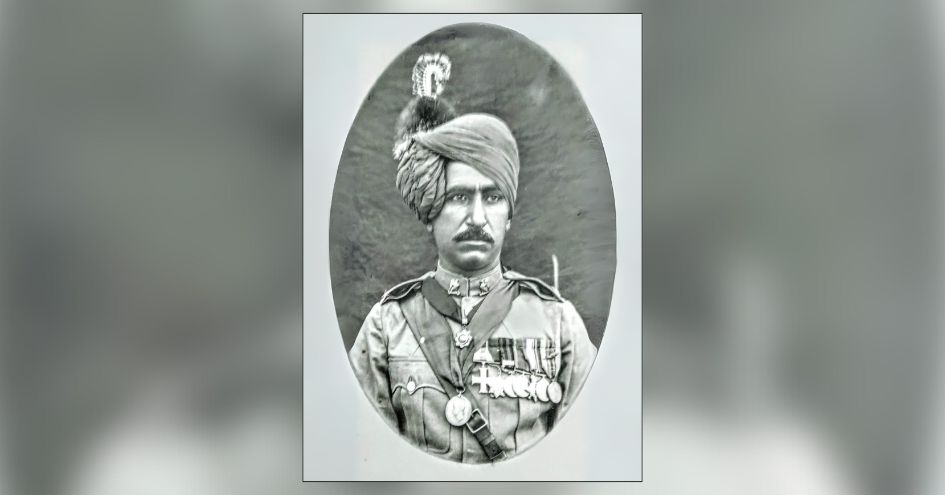
The Midnight Reconnaissance
Under the cloak of night, Captain Anoop Singh and Mysore’s finest horsemen crept silently along Mount Carmel, scouting paths unseen by the enemy. The Germans guarded the west, the obvious route, but the eastern slopes were thinly watched.
In hushed voices and determined silence, a bold plan was born—a three-pronged cavalry assault.
It was audacity itself—a gamble against death.
The Charge
On the morning of 23 September 1918, the signal was given. The Jodhpur cavalry thundered forward, their lances gleaming in the sun, hooves pounding like war drums. German gunners swung their weapons around, spitting fire, but suddenly—shots rang out from above.
The Mysore Lancers had already scaled the Carmel heights, storming into the Turkish nests. With rifles blazing and bayonets fixed, they overran the machine guns in a whirlwind assault. The Turkish soldiers, stunned by the speed and ferocity, broke ranks in panic.
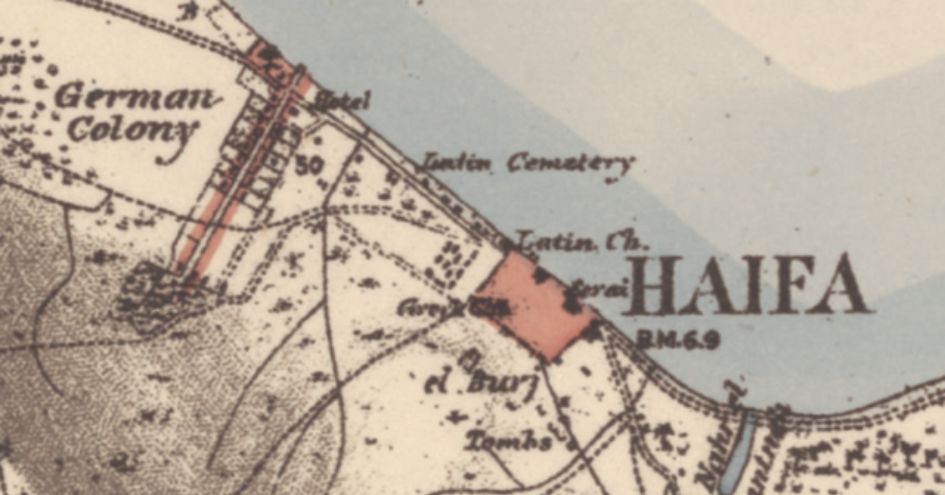
As their comrades fell back, the second Mysore column burst into Haifa city itself, their horses galloping through smoke and gunfire, lances piercing enemy lines. By noon, the fortress city, thought impregnable, had collapsed under the weight of sheer courage.
Over 1,350 Ottoman and German troops laid down arms. The Indian cavalry had shattered modern firepower with nothing but horse, steel, and spirit.
The Unexpected Rescue
But the Mysore men did not stop at victory. In the heart of Haifa, they discovered the imprisoned Abdul Baha, revered leader of the Baha’i faith, who had been held under Turkish captivity. With respect and compassion, the horsemen freed him, earning eternal gratitude from the Baha’i community worldwide.
The Cost of Glory
Major Dalpat Singh Shekhawat, the “Hero of Haifa,” fell in battle, achieving immortal martyrdom. Several Mysore horsemen and their noble steeds too gave their last breath on foreign soil. But their sacrifice lit a flame that still burns.
Eternal Memory
Israel today honours them. In textbooks, stamps, and ceremonies, the children of Haifa learn how Indian lancers rode into fire and gave them freedom. In New Delhi, the Teen Murti Memorial stands with three proud horsemen cast in bronze—Hyderabad, Jodhpur, and Mysore—forever charging into history. In the annals of warfare, where cavalry was thought obsolete, the Mysore Lancers wrote a final, golden chapter. They proved that in the face of steel and gunpowder, courage, daring, and the thunder of horses could still conquer empires.
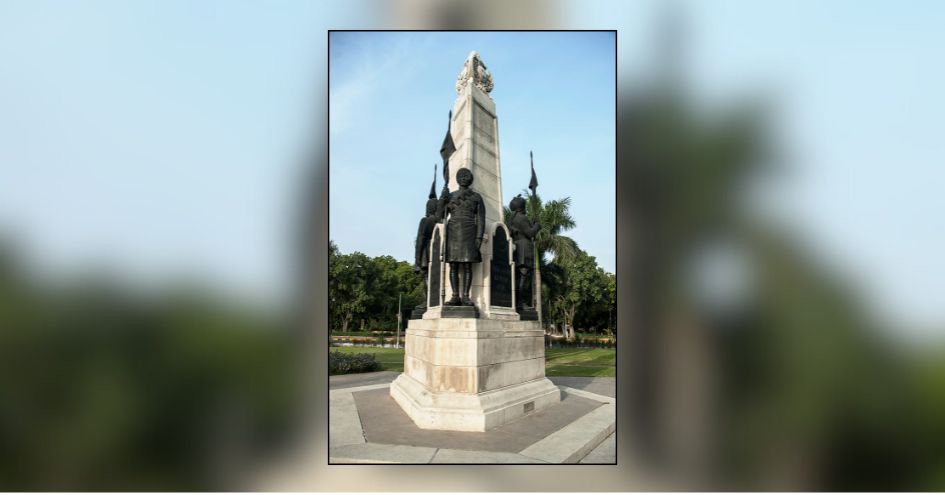
The Teen Murti Memorial – A Monument of Hooves and Steel
Birth of a Memorial (1922)
After the dust of the First World War had settled, the memory of Indian cavalrymen who had fought thousands of miles from home still glowed bright. In Haifa (1918), the Indian lancers of Jodhpur, Mysore, and Hyderabad had pulled off one of the last successful cavalry charges in modern warfare—capturing the fortress city against German and Ottoman firepower.
To honour their bravery, the Teen Murti Memorial was erected in 1922 in New Delhi. It was designed by Leonard Jennings, a British sculptor, and commissioned by the British colonial government.
Meaning of “Teen Murti”
The name literally means “Three Statues.”The monument features three bronze horsemen, each representing:
Together, they formed the 15th Imperial Service Cavalry Brigade, which stormed Haifa on 23 September 1918. The sculptures are not mere equestrian figures—they are frozen in the act of charging, lances poised, embodying the moment of audacity that won Haifa.
Location
The memorial stands at the junction near Teen Murti Bhavan in New Delhi (the former residence of the British Commander-in-Chief, later the home of Prime Minister Jawaharlal Nehru). It was placed prominently on the ceremonial road network of Lutyens’ Delhi, reminding passersby of India’s martial legacy.
From Colonial Tribute to Indian Pride
At first, the memorial was a British gesture to honour princely Indian states that had supplied cavalry to the war effort. But after independence, the meaning deepened.
The story of Haifa’s liberation and the role of Indian horsemen began to be celebrated as a chapter of Indian valour. Every year, 23 September is marked as Haifa Day, with tributes paid at the Teen Murti Memorial by the Indian Army and foreign dignitaries.
Global Recognition
The legacy of the memorial extends far beyond India:
Today
Teen Murti Memorial is not just a relic of colonial-era stone and bronze. It is a symbol of courage—of men who rode into machine gun fire and carved victory with horse and lance. It ties India’s martial tradition to world history and serves as a reminder that even in the age of modern warfare, valour and audacity can rewrite fate.
In essence, the Teen Murti Memorial is a timeless salute to the Mysore, Jodhpur, and Hyderabad Lancers—three regiments who charged into immortality at Haifa.
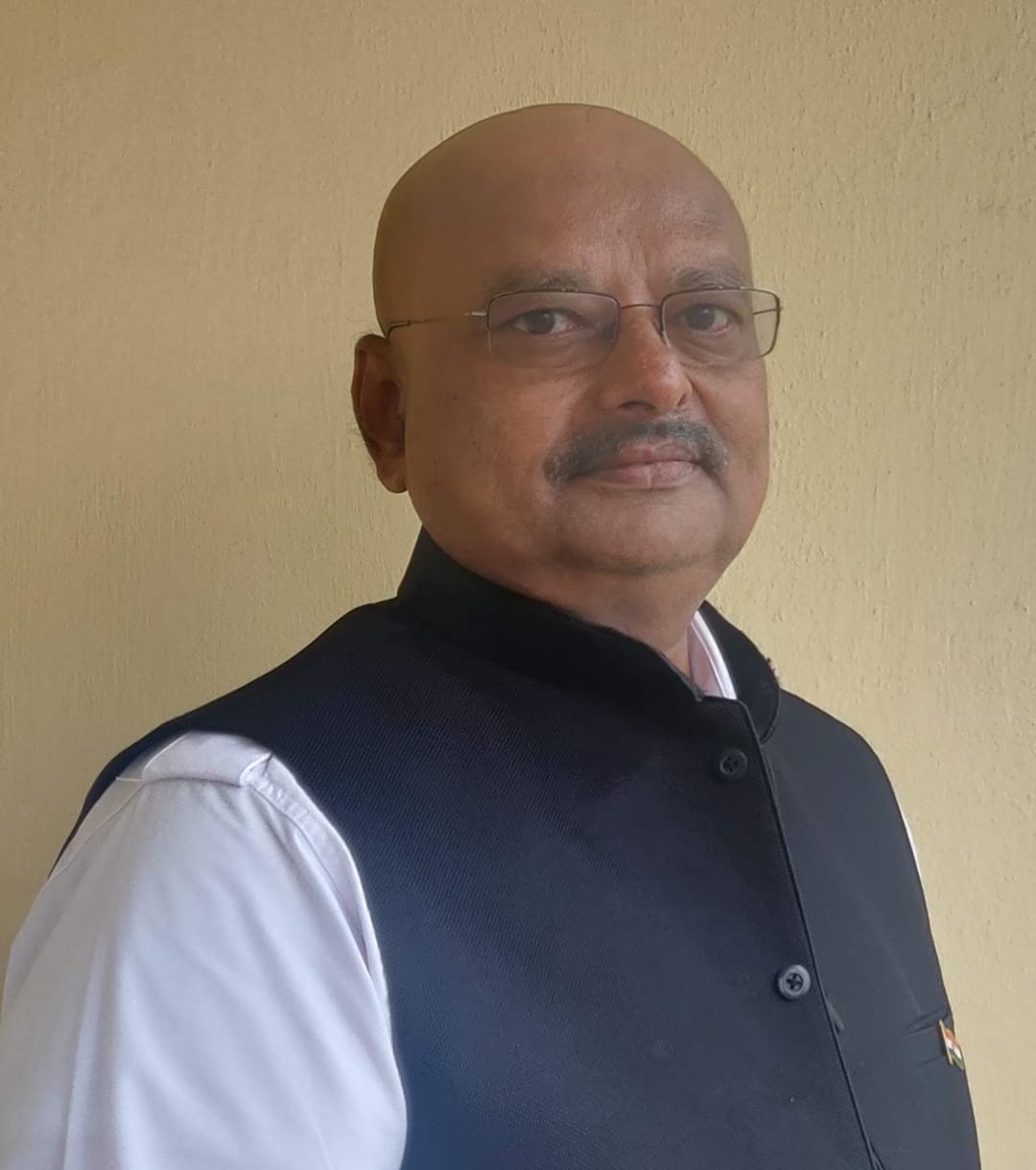 Wing Commander BS Sudarshan is a former Indian Air Force pilot with over 12,000 flying hours. He participated in Operation Pawan and Operation Cactus before he transitioned to civil aviation. A passionate writer, he has authored six books, including "Hasiru Hampe", appreciated by S L Bhyrappa, and the latest "Evergreen Hampi". He is a regular contributor to the Verandah Club.
Wing Commander BS Sudarshan is a former Indian Air Force pilot with over 12,000 flying hours. He participated in Operation Pawan and Operation Cactus before he transitioned to civil aviation. A passionate writer, he has authored six books, including "Hasiru Hampe", appreciated by S L Bhyrappa, and the latest "Evergreen Hampi". He is a regular contributor to the Verandah Club.
PREVIOUS ARTICLE
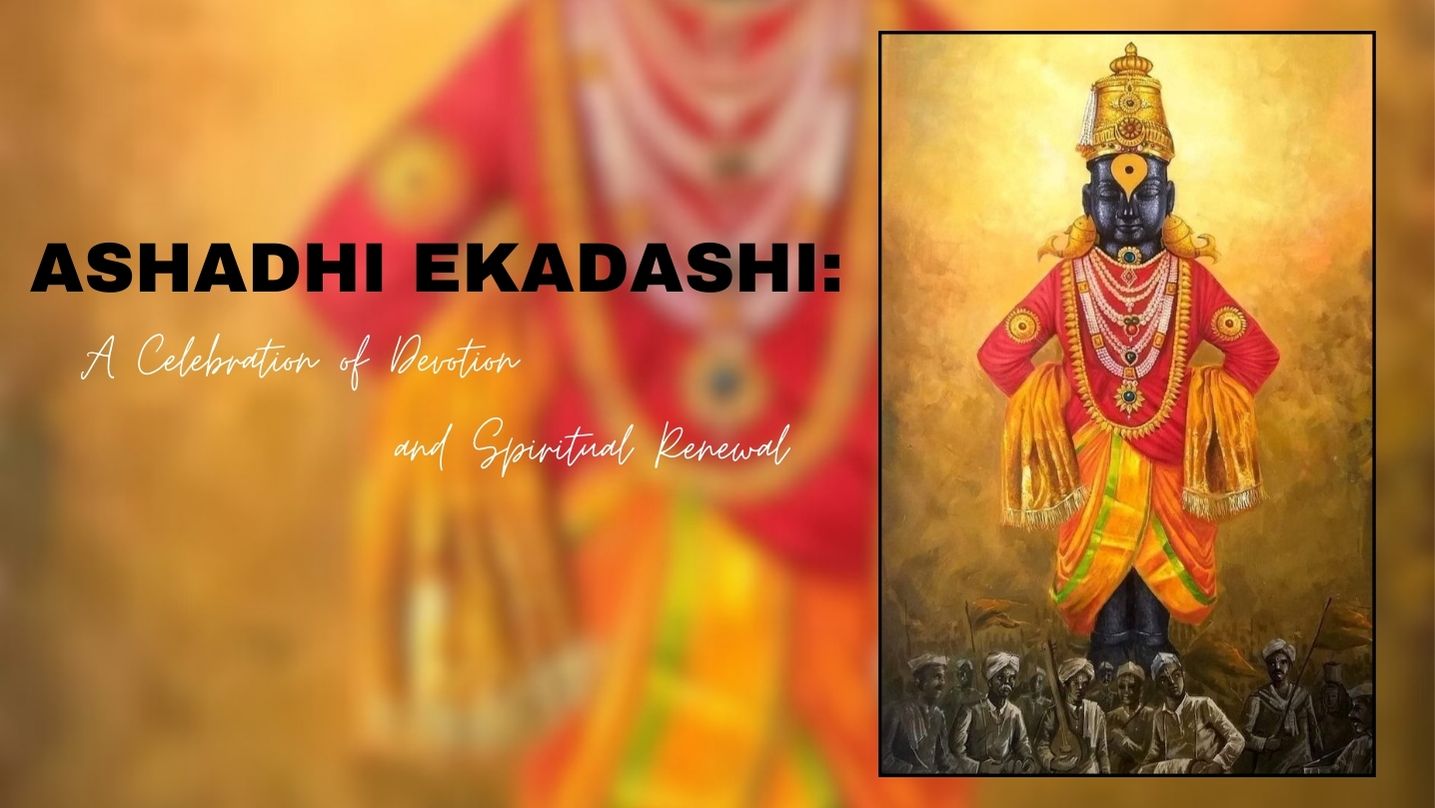
Ashadhi Ekadashi, also known as Shayani Ekadashi, falls on the 11th lunar day (Ekadashi) of the bright fortnight (Shukla Paksha) of the Hindu month of...
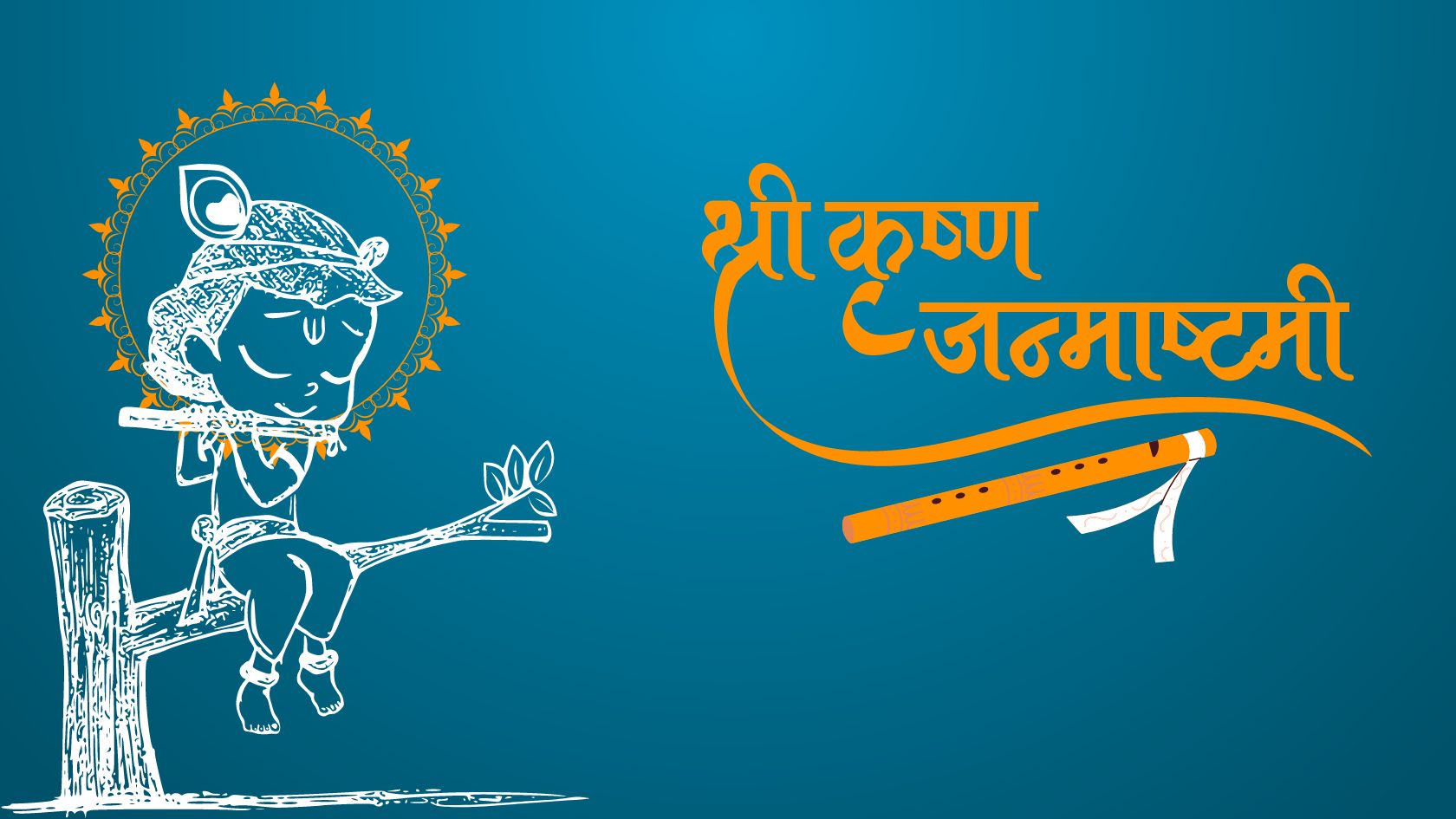
Every year, as the monsoon rains dance on the fields of India, an ancient story unfolds in the hearts of millions. It is the story of Krishna, the bel...
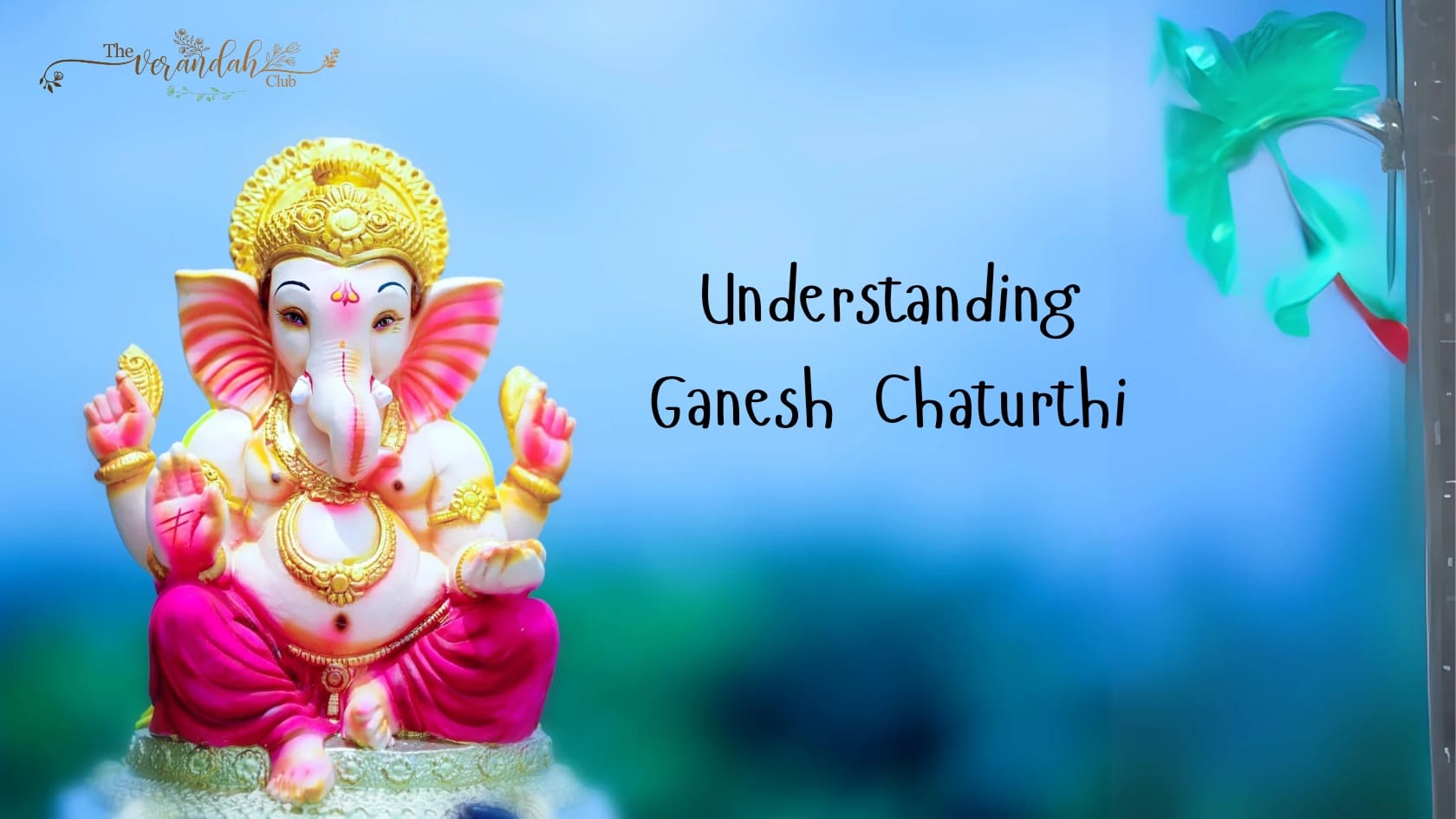
Ganesh Chaturthi, also known as Vinayaka Chaturthi, is a significant Hindu festival that honors Lord Ganesha, the deity revered as the remover of obst...